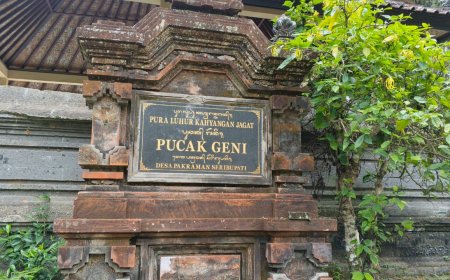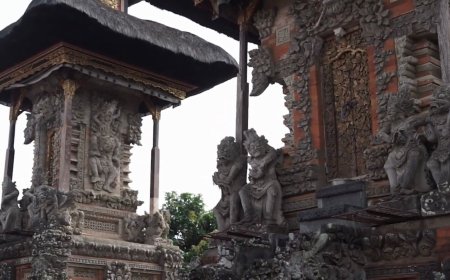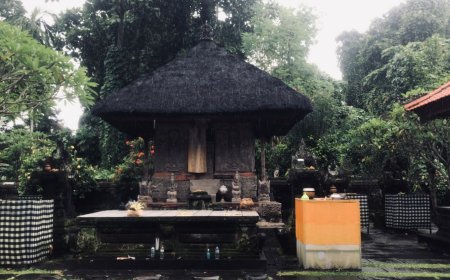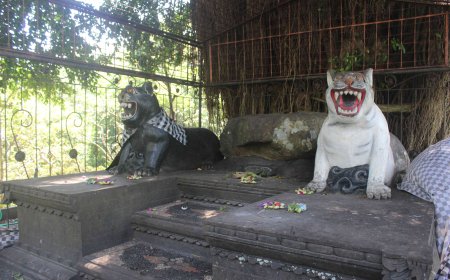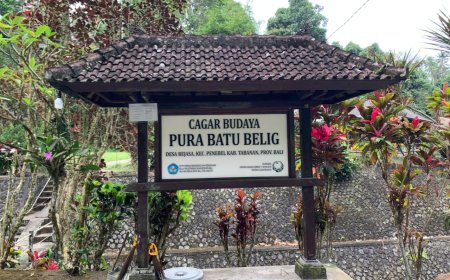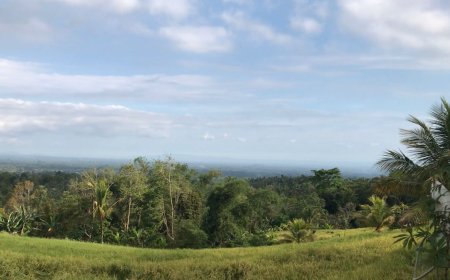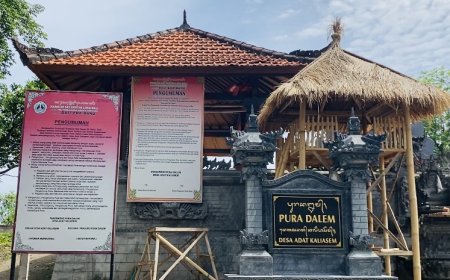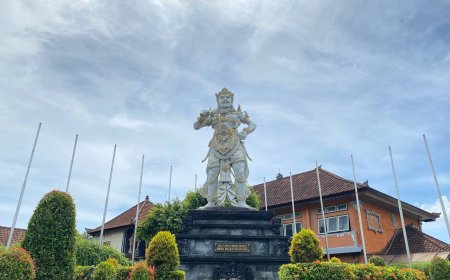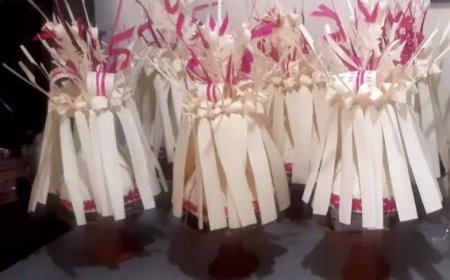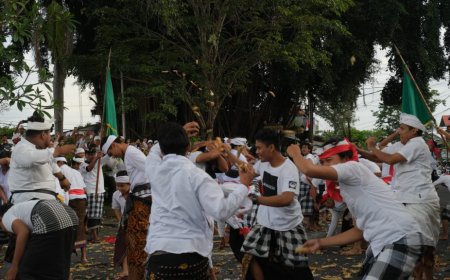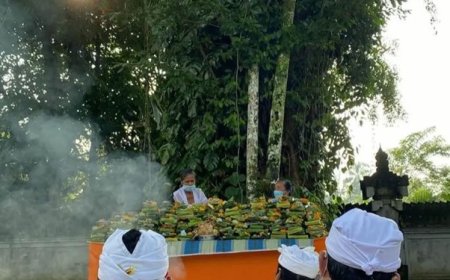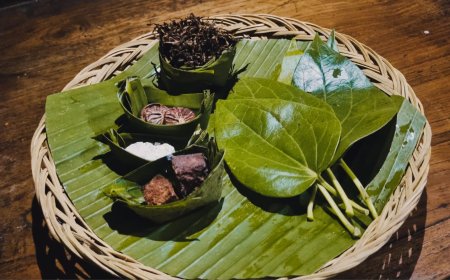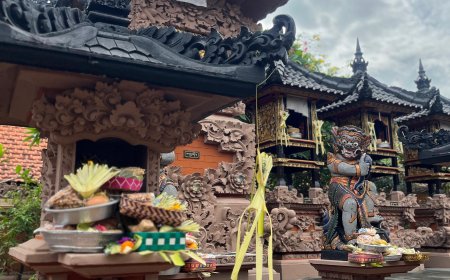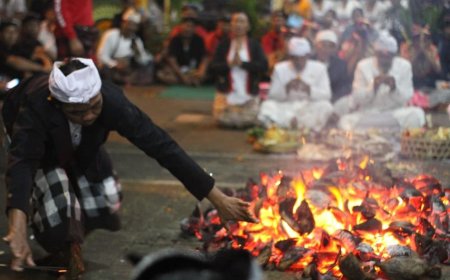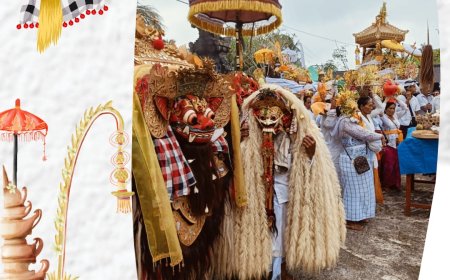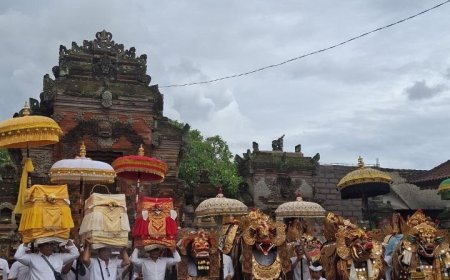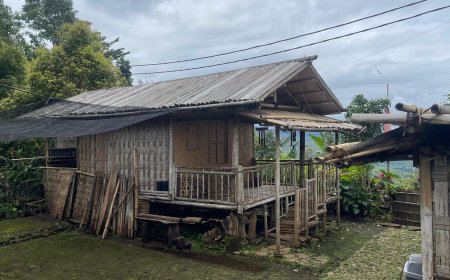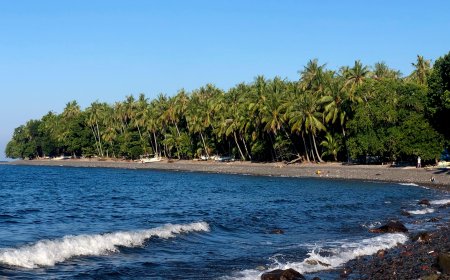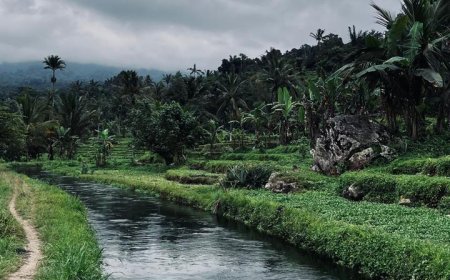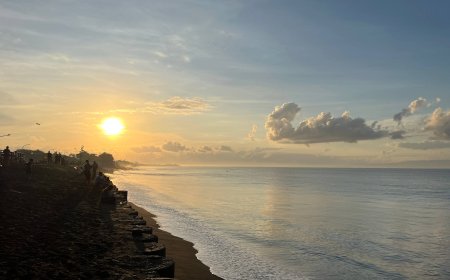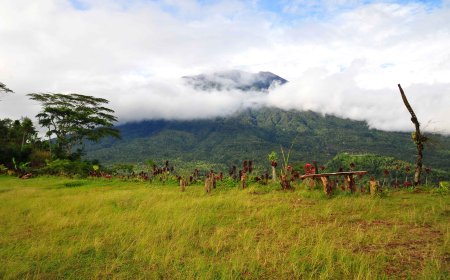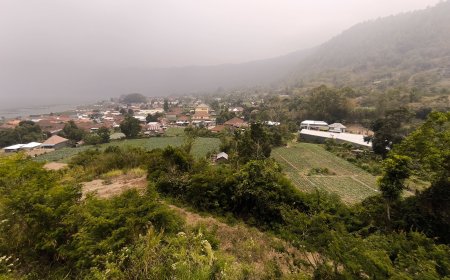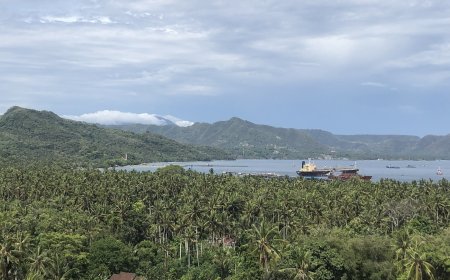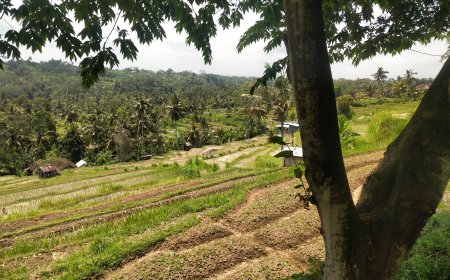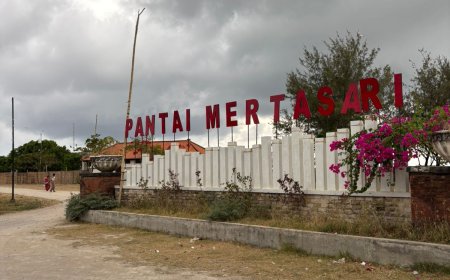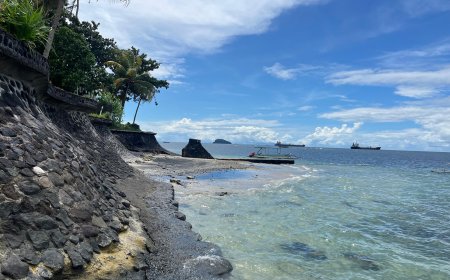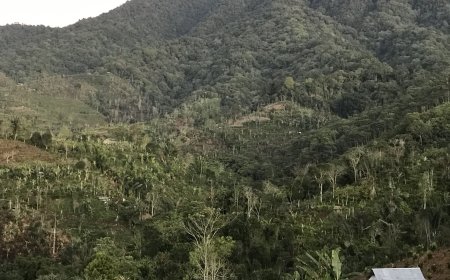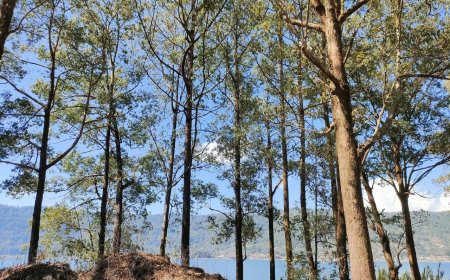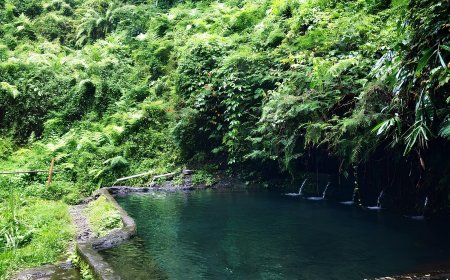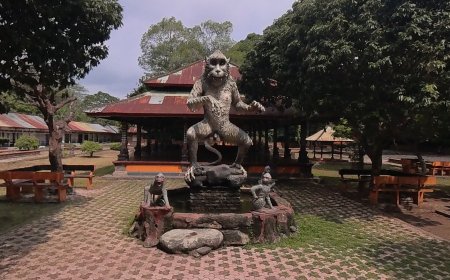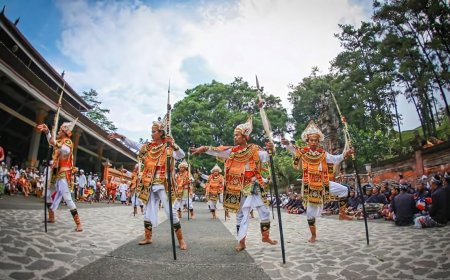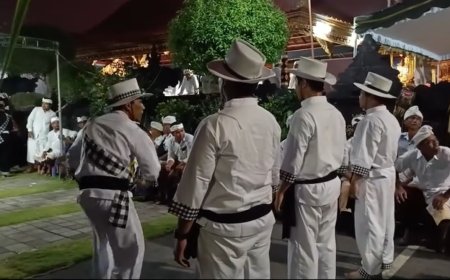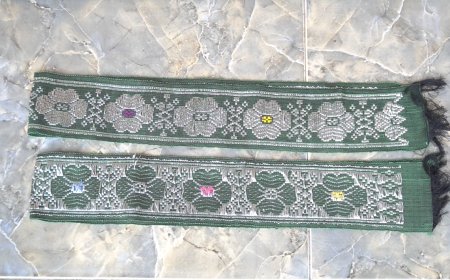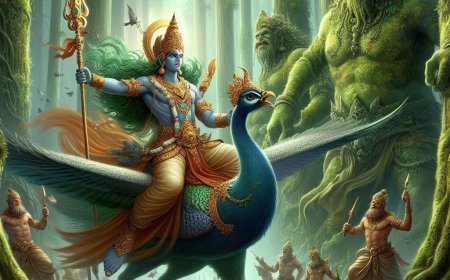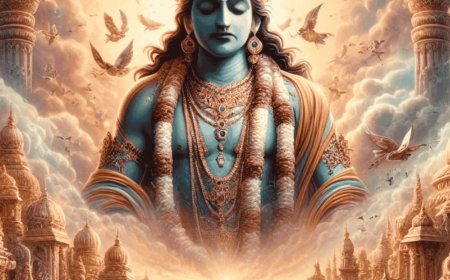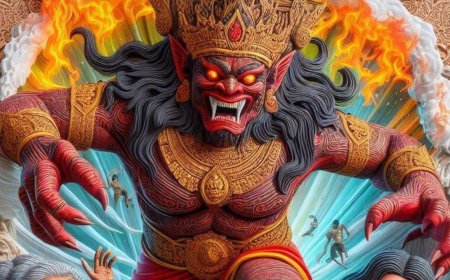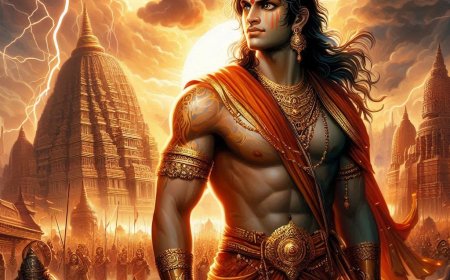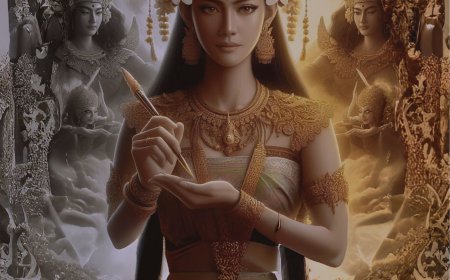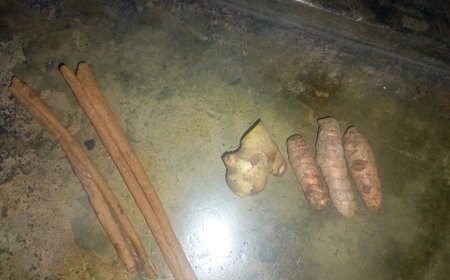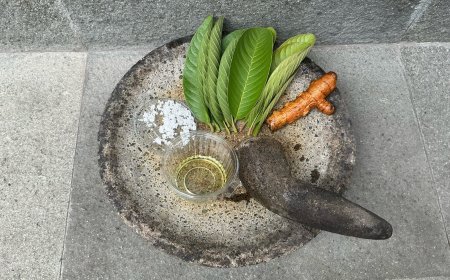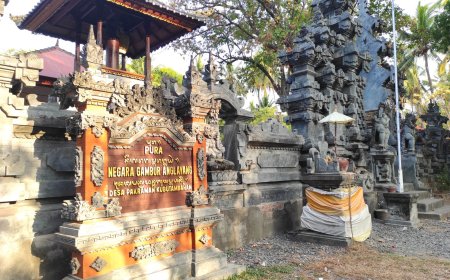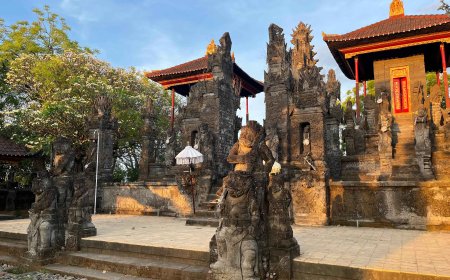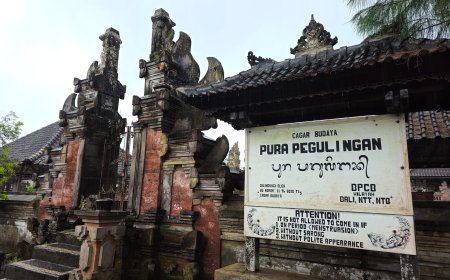Dang Khayangan Botoh Temple, the Origin of Manik Angkeran's Encounter with Naga Basuki
Pura Dang Kahyangan Botoh is a sacred place for Ida Bhatara Dang Hyang Manik Angkeran. Despite its name often being misinterpreted due to "Botoh," this temple holds significant historical and spiritual value. After being abandoned for 350 years, it was renovated in 2001 and has now become a center for ritual and spiritual activities. Various ceremonies, including melukat, are held here, attracting visitors seeking blessings and profound spiritual experiences.
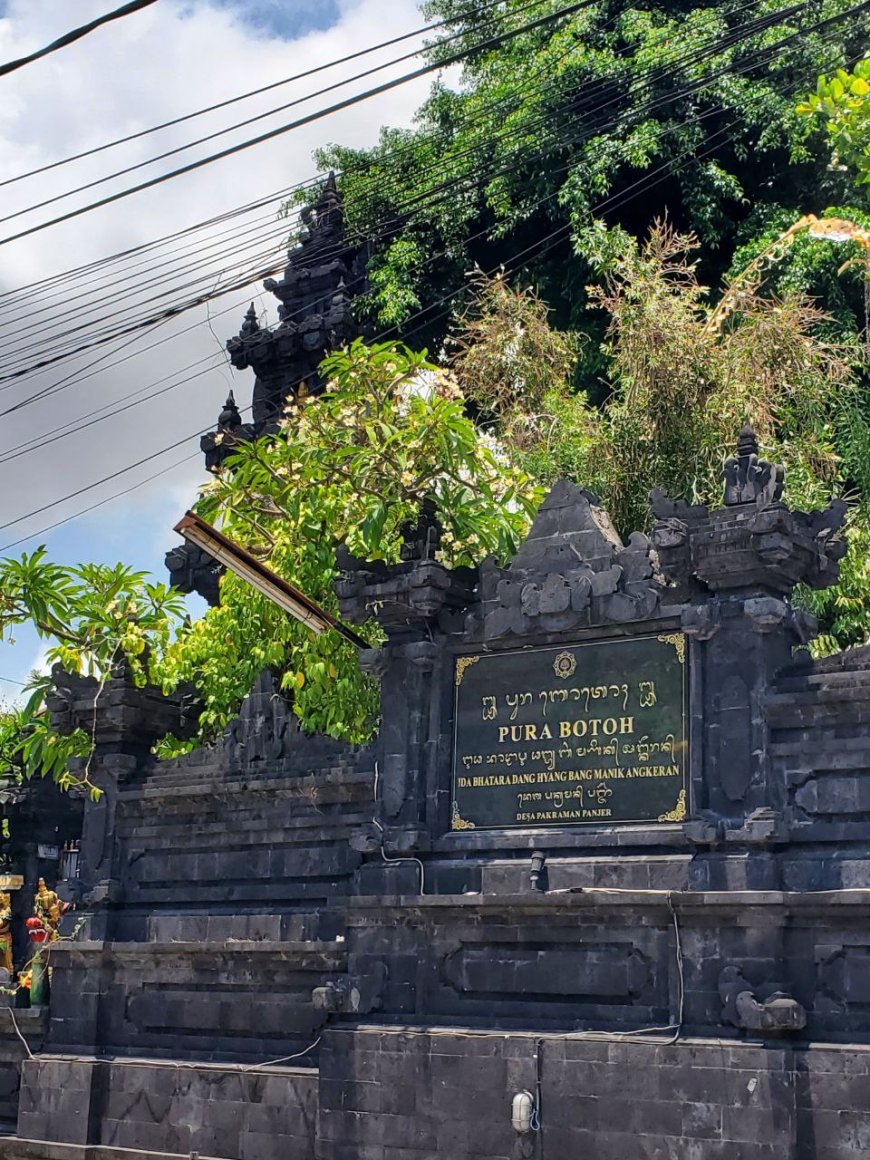
Bali Island, renowned not only for its natural beauty and culture but also as a sacred place rich in spiritual sites, is home to Pura Dang Kahyangan Botoh. Located in the Tukad Melangit area of Panjer, Denpasar, this temple holds stories steeped in historical and spiritual significance. Although its name may sometimes mislead people to associate it with gambling, it is actually a temple dedicated to the presence of Ida Bhatara Dang Hyang Manik Angkeran, the son of the holy figure Dang Hyang Sidimantra.
The term "Botoh" in Balinese is often linked to gambling activities; however, in the context of Pura Botoh, this meaning is entirely unrelated. Pura Dang Kahyangan Botoh is a sacred site tied to the spiritual journey of Dang Hyang Manik Angkeran in his encounter with Naga Basuki, a mythological creature believed to symbolize wealth and wisdom. This spiritual significance runs much deeper than a mere literal interpretation of the word "Botoh."
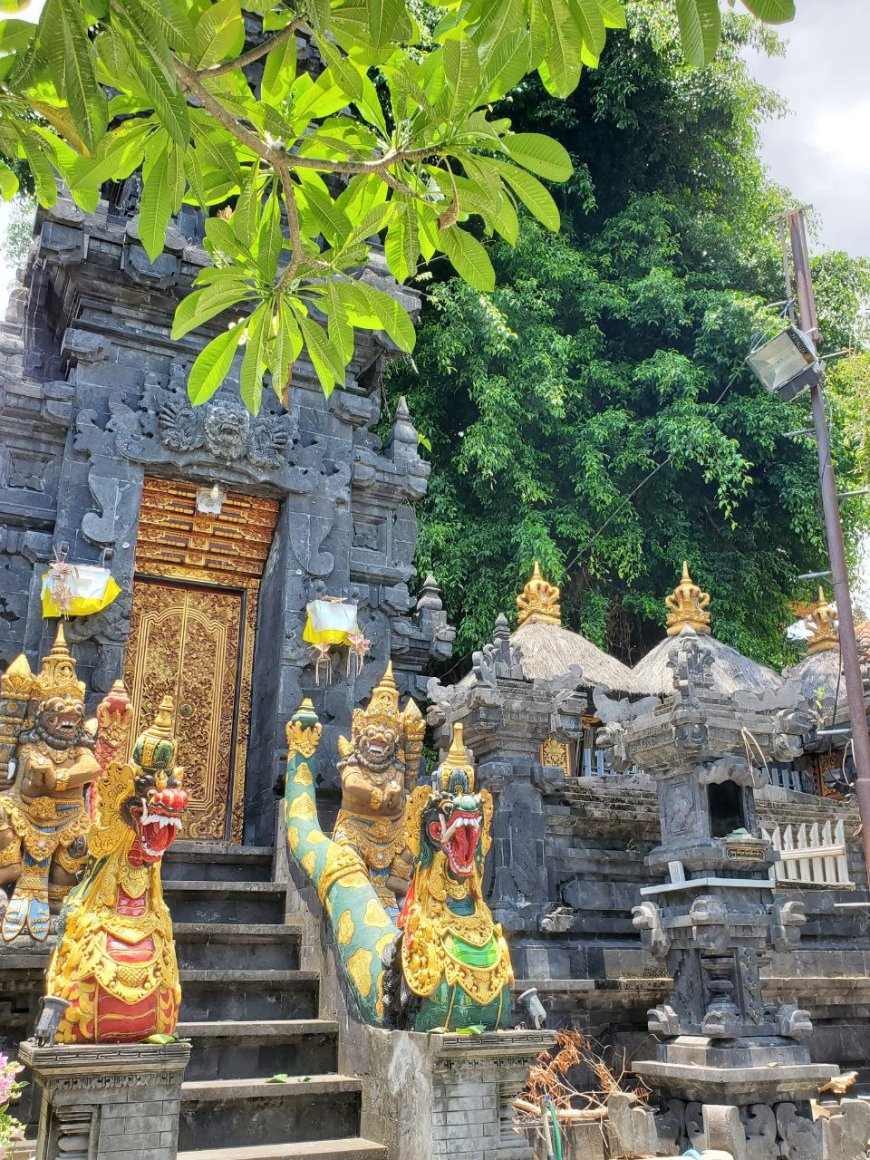
The main gate of Pura Dang Kahyangan Botoh (Source: Private Collection)
Pura Dang Kahyangan Botoh has a long history, having been abandoned for approximately 350 years. Initially, the temple existed merely as a Gegumuk, but in 2001, it underwent renovations, and several shrines were built with the blessing of Ida Pedanda Rsi Agung Pinatih. The temple received special attention from the government for restoration and maintenance. The local government, together with the community, routinely conducts cooperative activities and maintenance rituals. Thus, on the third full moon of 2002, a purification ceremony and shrine establishment were performed.
According to Jro Mangku Istri Pura Botoh, A.A. Ayu Setianingsih, this temple is the resting place of Ida Bhatara Dang Hyang Manik Angkeran. He is a sacred figure in Balinese culture, honored here for his challenging spiritual journey. Manik Angkeran's journey from Java to Gunung Tohlangkir (now known as Gunung Agung) is seen as a symbol of the search for identity, wealth, and spiritual riches inherited from his father, Dang Hyang Sidimantra.

Side View of Pura Dang Kahyangan Botoh (Source: Private Collection)
The tale of Manik Angkeran is an essential part of Balinese history and the foundation for the establishment of Pura Dang Kahyangan Botoh. Legend has it that Manik Angkeran was the son of a holy priest named Dang Hyang Sidimantra, who journeyed from Java to spread Hindu teachings in Bali. Known for his strong desire for wealth, Manik Angkeran undertook a winding spiritual journey to Bali, hoping to gain riches with the help of Naga Basuki, a sacred dragon guardian of natural wealth.
According to popular stories, Manik Angkeran's meeting with Naga Basuki was not smooth. After receiving treasure, Manik Angkeran committed a grave offense by stealing the dragon's tail. As a consequence, he faced a spiritual punishment that required him to repent and vow to lead a holy life. This pivotal moment is commemorated at Pura Botoh, serving as a reminder to Hindus of the importance of maintaining balance between worldly desires and inner peace.
Like many temples in Bali, Pura Dang Kahyangan Botoh features distinctive architectural structures that incorporate traditional Balinese elements. The temple is built with several shrines representing various aspects of Hindu teachings, such as worship of nature, ancestors, and other spiritual forces. Surrounded by natural beauty, Pura Botoh offers a serene atmosphere for its visitors, both Hindus coming to pray and tourists seeking spiritual peace.
The temple is enveloped by large trees and lush surroundings, imparting a sense of purity and coolness. The sacred places within this temple carry deep symbolism that enriches the spiritual experience of its visitors. Many shrines and buildings here are designed to reflect the strong connection between humans, nature, and deities. The presence of natural elements surrounding the temple, such as banyan trees and gently flowing rivers, further enhances the aura of sanctity in this place.
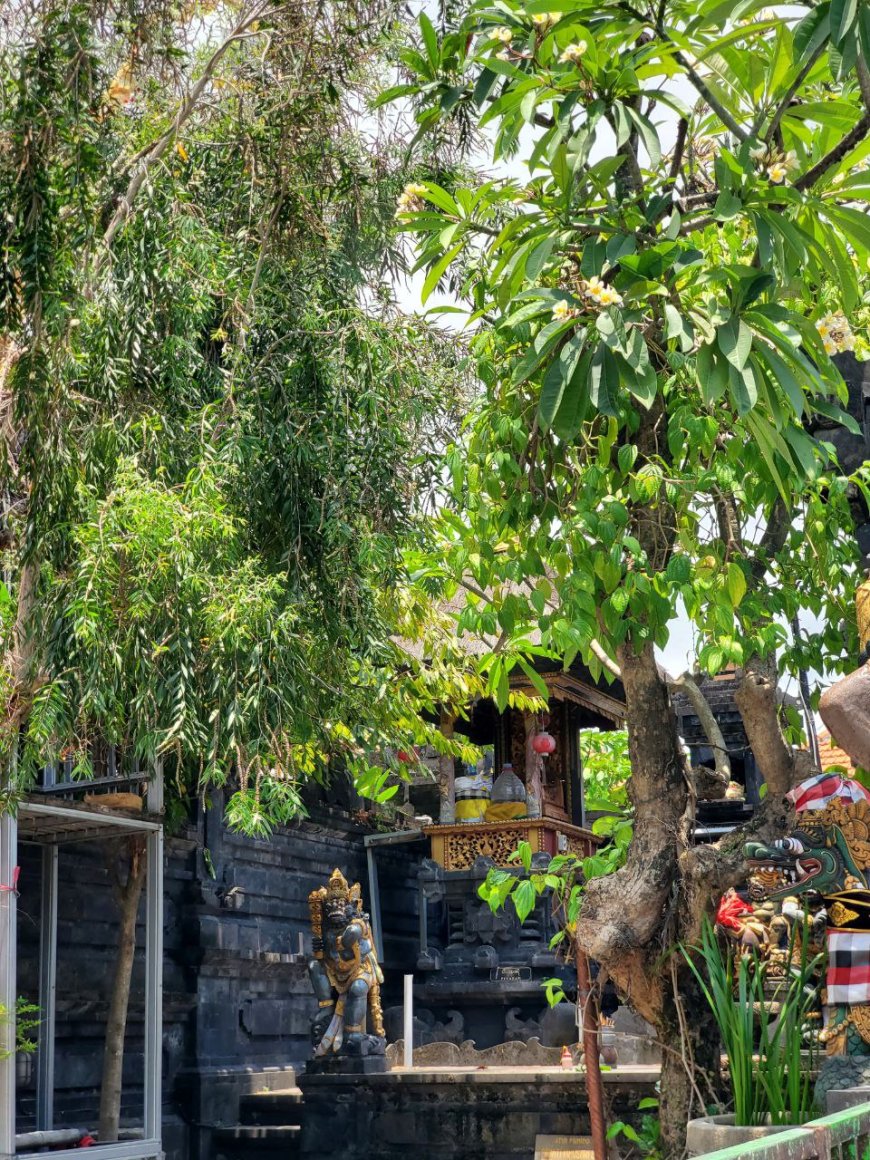
Temple for Ratu Gede Dalem Ped & Ratu Niyang Bethari (Source: Private Collection)
One of the main ritual activities conducted at Pura Botoh is the melukat ceremony, or self-purification ritual. Melukat is performed to cleanse the body and soul of negative energy and is considered vital in the process of self-purification. In this ceremony, Hindus will pray using holy water sourced from springs near the temple.
Pura Dang Kahyangan Botoh is not only a place of worship but also plays a significant role in the social life of the surrounding community. Besides serving as a place of worship, this temple also acts as a center for community activities and various traditional events. As a temple classified under Dang Kahyangan, Pura Botoh carries a deeper meaning, as it is regarded as one of the central spiritual temples responsible for maintaining the balance between nature and human life.
With its rich history and spiritual values, Pura Dang Kahyangan Botoh stands as a vital sacred site for the Hindu community in Bali. The spiritual journey of Manik Angkeran commemorated at this temple inspires deep lessons about life. In addition to its architectural beauty and layout, Pura Botoh offers profound spiritual experiences through the regular ceremonies and sacred rituals held.
As a cultural heritage and spiritual center, Pura Botoh not only serves as a place of worship but also symbolizes the wisdom passed down through generations. By visiting Pura Dang Kahyangan Botoh, visitors will be presented not only with beauty and tranquility but also with an opportunity to delve into the deeply valuable spiritual and cultural values of Bali.
